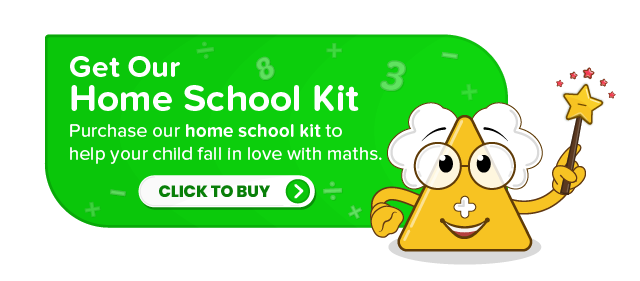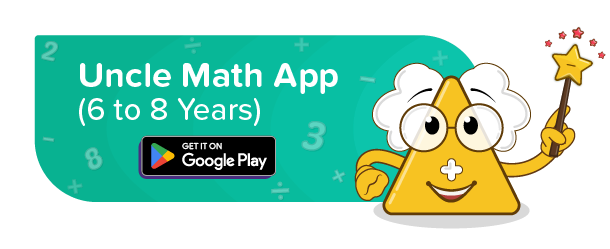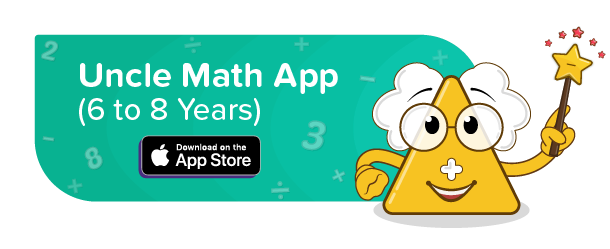
The properties of addition are important mathematical concepts that primary kids can learn to develop their understanding of numbers and operations. This teaching guide aims to provide parents and educators with engaging and interactive strategies to teach the properties of addition to primary kids in a fun and accessible way.
This teaching guide is mainly designed for a child aged 6 to 8 years. To learn the properties of addition, the child must have a basic knowledge of addition. By the end of this guide, kids will be able to recognise and apply the properties of addition to mathematical problems.
There are 4 properties of addition :
- Commutative or order property of addition
- Associative property of addition
- Identity property of addition
- Distributive property of addition
1. Commutative Property of Addition
The commutative property of addition states that when 2 numbers are added together, the sum of the numbers remains the same even after changing the order of the numbers.
A + B = B + A
Example – 4 + 5 = 5 + 4 = 9
Addition is commutative, meaning the order of the numbers being added doesn’t affect the sum. Manipulatives, such as counting blocks or objects, can be used to explain this concept. Kids can physically rearrange objects to show that the sum remains the same.

2. Associative Property Of Addition
The associative property of addition states that when 3 or more numbers are added together, the sum of the numbers remains the same even if the order of grouping the numbers changes. Associative property helps us add numbers faster.
(A + B) + C = A + (B +C )
Example- (2 + 5) + 3 = 2 + (5 + 3) = 10
The addition is associative, which means the grouping of numbers being added does not affect the sum. Kids can be engaged in group activities where they can physically group numbers with manipulatives and observe that the sum remains the same.

3. Identity Property Of Addition
The identity property of addition is also called additive identity.
Additive identity states that if 0 is added to any number, the sum will be the number itself. The identity of the number remains the same.
A + 0 = A or 0 + A = A (where A is any real number).
Example – 5 + 0 = 5
The additive identity of addition states that adding zero to any number does not change its value. Visual aids, such as number lines or ten frames, can be used to demonstrate adding zero. Real-life examples, like adding zero to the number of apples in a basket, help kids relate better.

4. Distributive Property Of Addition
According to the distributive property of addition, the sum of two numbers multiplied by the third number is always equal to the sum when each of the two numbers is multiplied by the third number.
A × (B + C) = (A × B ) + ( A × C)
Example – 2 x (3 + 4) = (2 x 3) + (2 x 4)
LHS : 2 x 7 = 14
RHS : 6 + 8 = 14
Hence, LHS = RHS

Regular practise and reinforcement of the above properties of addition will enhance kids’ mathematical skills and further help them speed up their calculations.
Teaching properties of addition with kid-friendly, clear, and easy-to-understand posters from Uncle Math School by Fun2Do Labs :
Ignite kids’ curiosity with engaging stories for role play and skits, making the learning of this concept an exciting and effective experience. Teaching properties of addition through stories from Uncle Math School by Fun2Do Labs :
Learning properties of addition can be made enjoyable by incorporating interactive games and activities.
Line up :
This activity helps kids understand the associative property of addition in a better way. This activity is conducted for a group of kids. This activity of lineup can be performed in the following ways:
- Write numbers between 0 and 10 on various pieces of paper and distribute them among the kids.
- Say start and let the kids run freely around the space.
- Then shout for any number, like “Line up into 2.” Then all the kids gather into a group of 2.
- Instruct kids to calculate the sum of the 2 numbers they are holding.
Let the kids understand that the sum of numbers is independent of the order of the numbers added. Kids know that the sum of the numbers remains the same regardless of the order in which they are added.
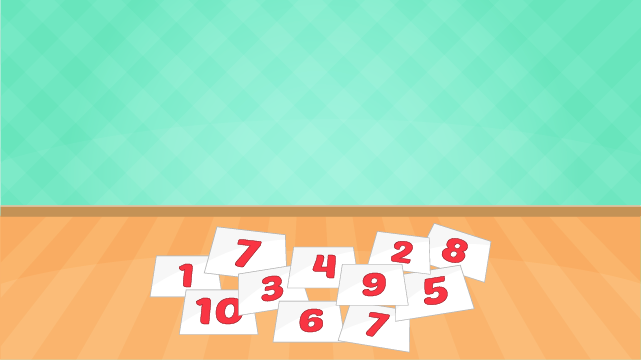
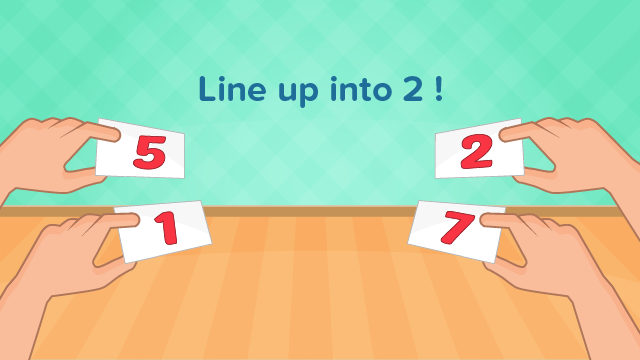
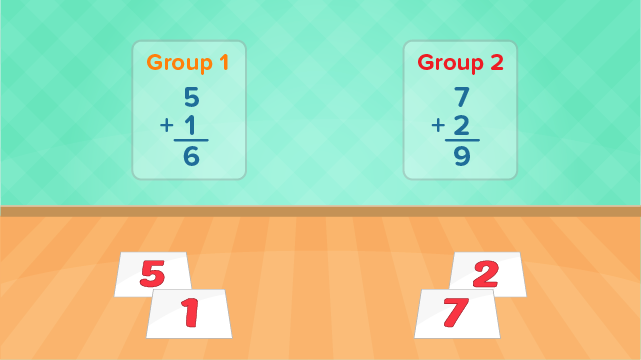
Help your kids practise the properties of addition with interesting and engaging fun worksheets and solutions from Uncle Math by Fun2Do Labs.


